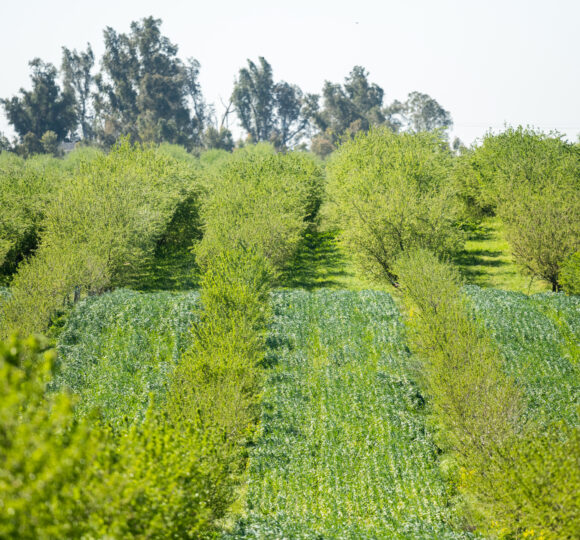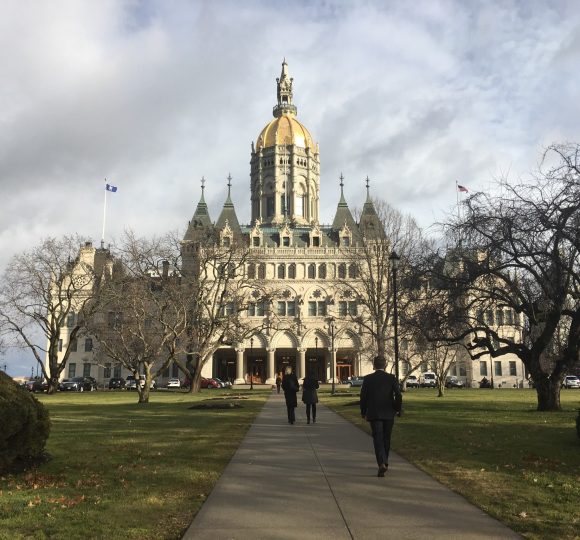Michigan’s Public Act 116 was the first program to use income tax credits in conjunction with restrictive agreements in an attempt to retain agricultural land and provide farmers with needed tax relief. Questions have been raised about whether the program, now in its fifth year (1979), has met the protection objective. A preliminary analysis of participants by township and county indicates that enrollment under P.A. 116 has occurred primarily in rural areas that are not affected much by demographic and urban factors. Income tax credits may be a useful way to keep agricultural land in production, but these credits must be complemented by other measures. The tax credit mechanism, by itself, appears to be unable to keep land in agriculture.
Publications
The Michigan Farmland Preservation Program: An Evaluation
Publication Name
Journal of Soil and Water Conservation
Downloadable Documents
Links
Author
Philip D. Gardner and Donald N. Frazier
Publisher
Ankeny, IA: Soil and Water Conservation Society
Page Numbers
344-347
Publication Date
January 01, 1981
Publication Type
Articles
State
Michigan, National
Keywords
Real Property Tax Relief





